Тысячи километров водной глади, как и много столетий назад, сохраняют величественную безмятежность. Вдалеке слышны звуки жизни леса и мерное жужжание проносящихся по мосту машин. Так выглядит днем озеро Маракайбо – одно из старейших на планете и самое большое в Южной Америке. Но когда все окутывает ночная мгла, начинается фееричное природное шоу.
География
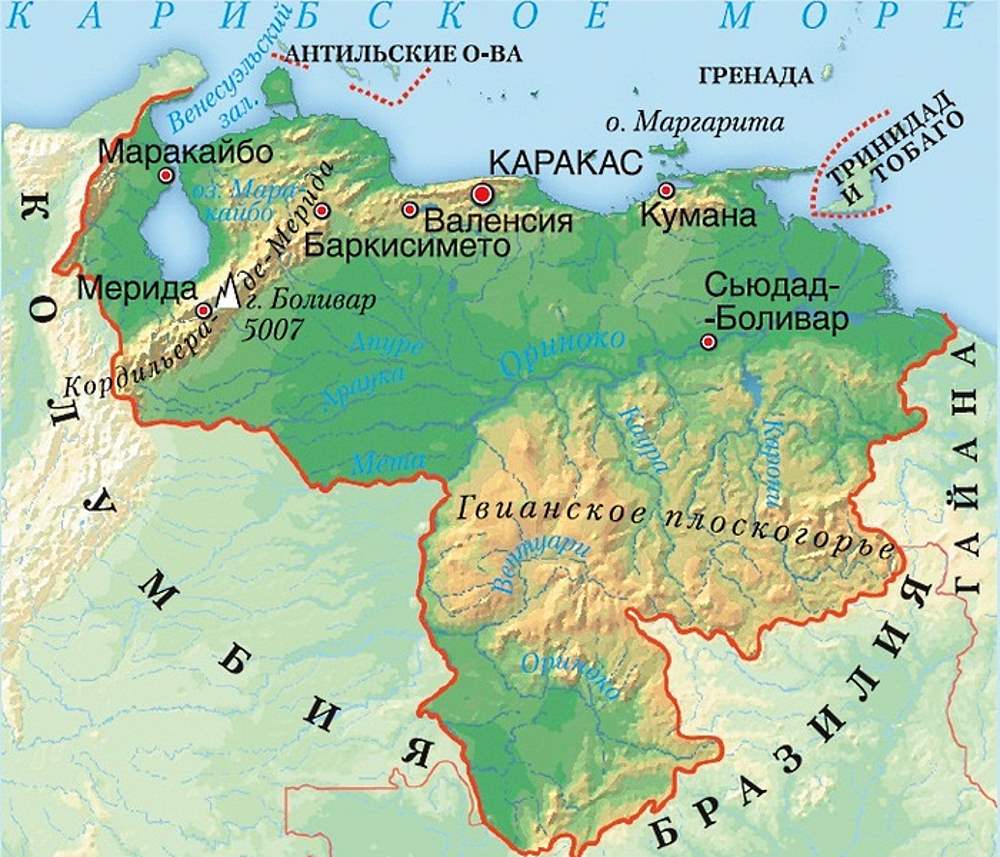
Находится Маракайбо в древней тектонической впадине к югу от Венесуэльского залива и соединяется с ним мелким проливом Табласо. Вода в озере чуть солоноватая, питают его многочисленные реки, самая большая из которых Кататумбо. Площадь водной глади более 13,5 км2. Глубина озера неравномерна, северная часть – мелководна, а на юге достигает 250 м.
Большая часть берега низменная. Растительность сильно меняется с севера, где преобладают типичные саванные травы, на юг – здесь за мангровыми зарослями заболоченного берега зеленой стеной подымается загадочный тропический лес. На плодородных землях выращивают сахарный тростник, какао.
История и легенды
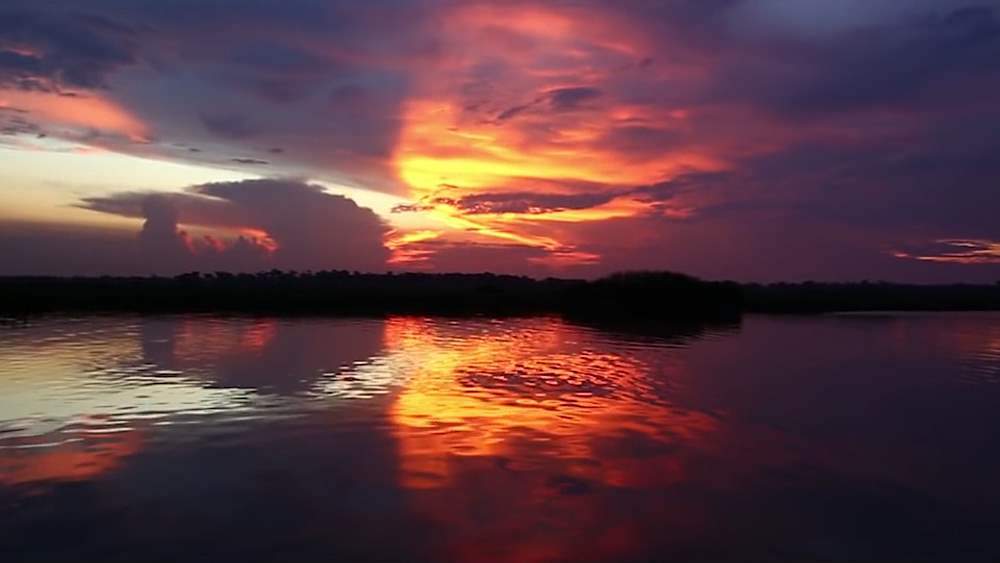
Венесуэльские археологи утверждают, что первые поселения появились на берегах озера Маракайбо около 15 тысяч лет назад. Белый человек появился здесь впервые в 1499 году. Это был один из спутников Колумба – Алонсо де Охеда. Считается, что он не только открыл эту местность для европейцев, но и с легкой руки его команды Венесуэла приобрела свое название. В 1529 году на выходе из озера был основан город Маракайбо. Экономическое развитие региона началось с приходом ХХ века, когда здесь нашли богатые залежи нефти. Сейчас большое значение также уделяется туризму.
О происхождении названия озера единого мнения нет. Одни сказания утверждают, что обязано оно своему существованию местному легендарному вождю Мара, который погиб, защищая свой народ от захватчиков. Историки доказывают, что нет подтверждений существования такого человека, но красивая легенда живет. Другие источники гласят, что происходит слово «Маракайбо» от заболоченной приозерной местности Маара-Иво – «Змеиное место».
Природная феерия
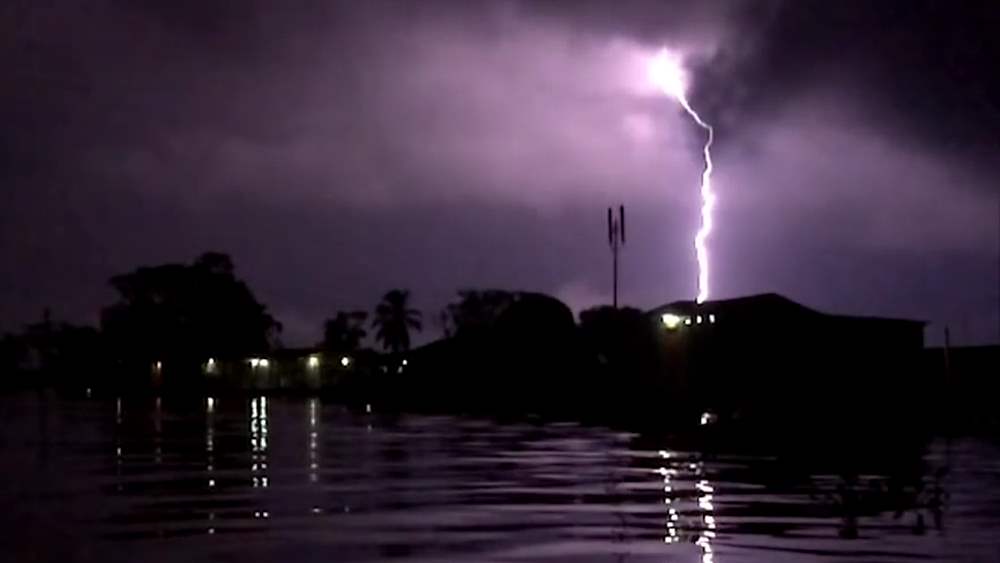
Многие туристы приезжают на озеро Маракайбо, в парк Чиенагас-дель-Кататумбо, чтобы полюбоваться невиданным действом – молниями Кататумбо. Под покровом ночи в месте, где воды реки вливаются в озеро, на высоте около 5 км вспыхивают молнии. Примечательно, что сполохи эти не сопровождаются раскатами грома. Длятся они обычно около 10 часов, с частотой до 60 разрядов в минуту и видны вокруг на 400 км.
В старину это природное явление повторялось практически каждый день и мореплаватели использовали его как ориентир для навигации, потому часто его называют еще «Маяком Маракайбо». Сейчас эту естественную феерию можно наблюдать лишь 140-160 дней в году. Она считается самым крупным источником озона на планете. Местные индейцы утверждают, что молния образуется, когда душа усопшего сталкивается со светлячком.
Национальные парки
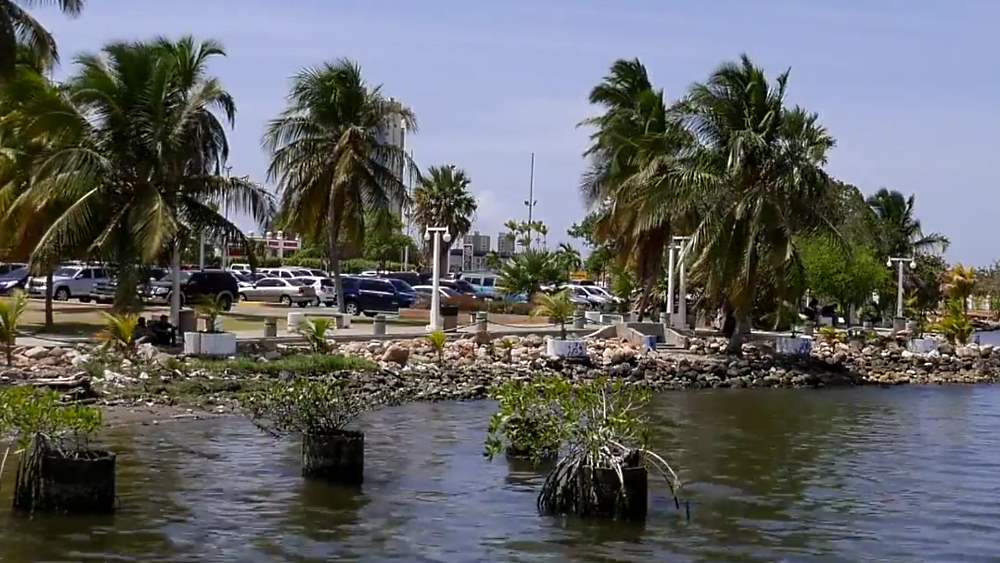
На прибрежных землях озера Маракайбо расположены два национальных парка Чиенагас-дель-Кататумбо и Чиенаго-де-лос-Оливитос. Здесь созданы все условия, чтобы насладится девственными красотами местной природы. Первый знаменит своими молниями, второй – чудесными розовыми фламинго, которые гнездятся в мангровых зарослях.
Кроме того здесь обитает масса других птиц и животных. Желающие могут погостить в специально построенных индейских домиках на воде.
Мост Урданеты
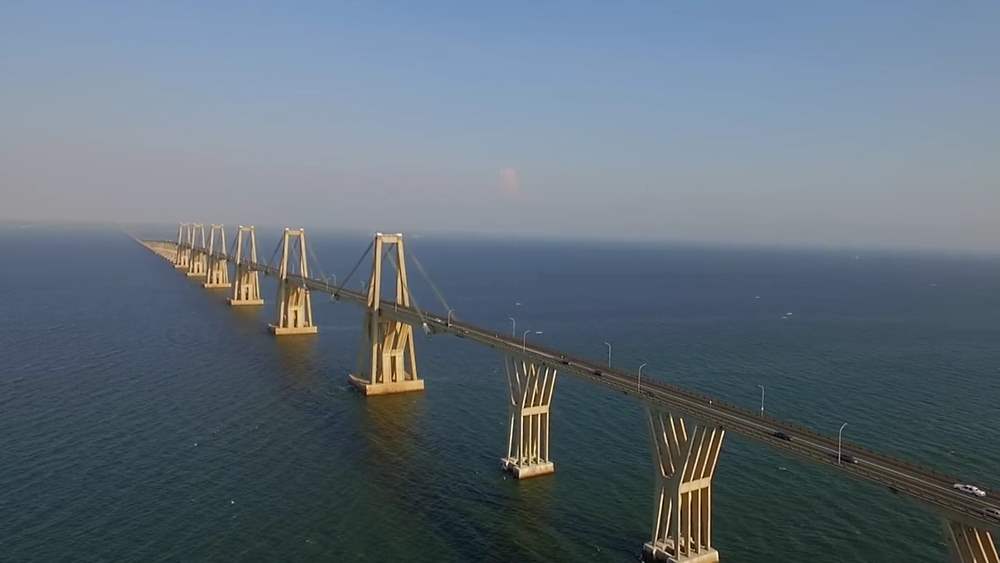
Через пролив, соединяющий озеро с Венесуэльским заливом, переброшен мост имени генерала Рафаэля Урданеты (известного южноамериканского военного и политического деятеля). Длина железобетонного автомобильного моста составляет более 8,5 км. Он имеет 135 пролетов, причем центральные длиной 236 м подняты над водной гладью на 45 м. Это позволяет спокойно проходить здесь большим танкерам.
Мост Урданеты – один из самых длинных подобных сооружений в мире. Задуман он был в 1957 году, а торжественное открытие состоялось в 1962 г. Проезжая по мосту можно вдоволь любоваться восхитительными окрестными пейзажами и поражаться человеческому мастерству и умению, позволившим создать такое рукотворное чудо.
Город Марокайбо
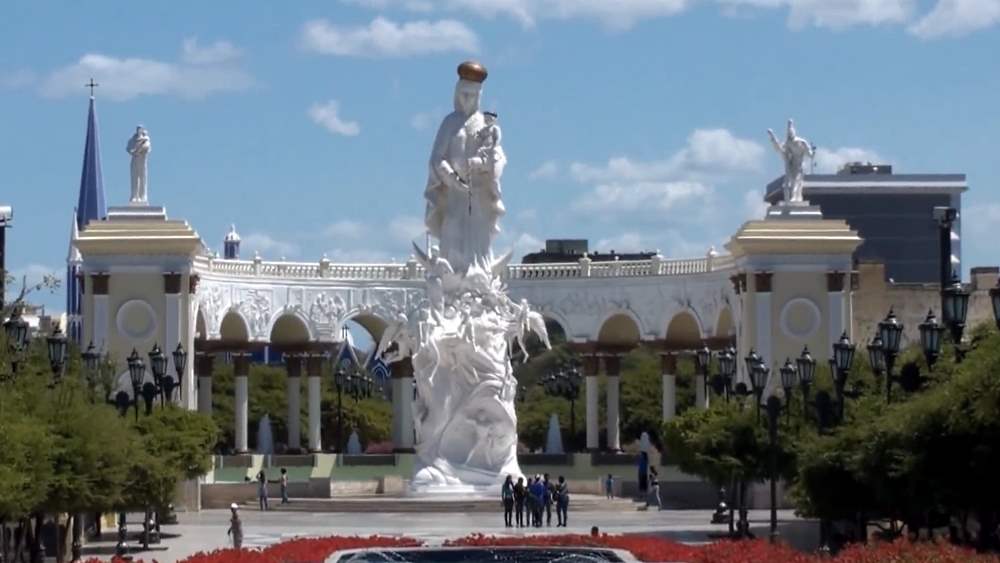
Город Марокайбо отличается интересной историей. Официальной датой его основания считается 1529 г., когда здесь поселились немецкие колонисты. Поселение Ной-Нюрнберг вскоре было покинуто. Второй датой рождения стал 1571 г., когда капитан Алонсо Пачеко обосновал городок Нуэва-Самора. Активно развиваться город начал лишь с 1917 года после открытия нефтяного месторождения.
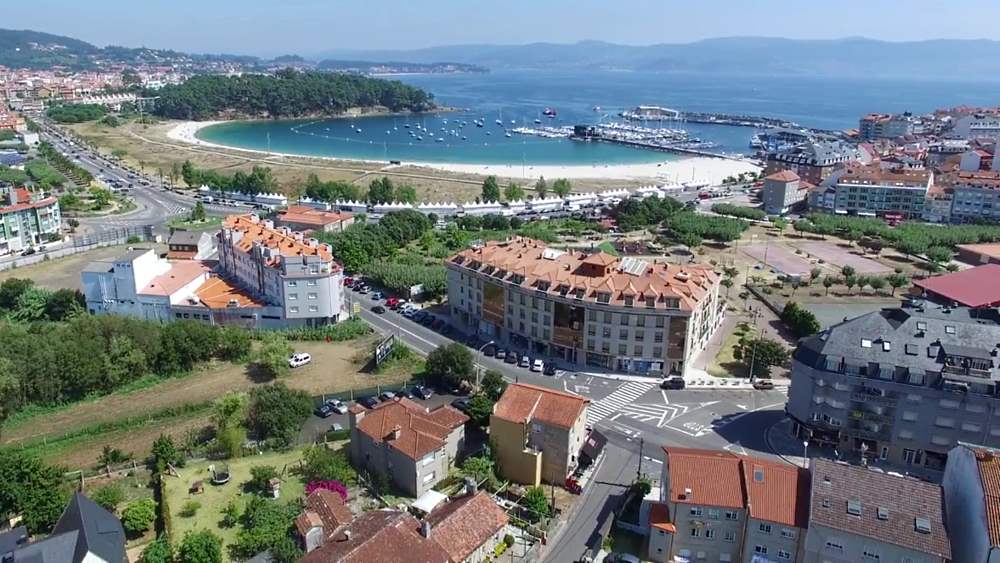 В городе сохранилось множество интересных зданий и сооружений, есть здесь разные экспозиции и Ботанический сад. Любителей исторического прошлого и ценителей архитектурных красот заинтересуют прекрасно сохранившаяся церковь Нуестра-Сеньора-де-Чикинкира (17 век) и Иглесия-де-Санта-Барбара в неоготическом стиле, Кафедральный собор (16—17 вв.). Приковывают взгляды фигуры кондоров, удобно расположившиеся на крыше дворца Паласио-де-Гобиерно. Захватывает особый колорит разноцветных домиков в колониальном стиле улицы Карабобо.
В городе сохранилось множество интересных зданий и сооружений, есть здесь разные экспозиции и Ботанический сад. Любителей исторического прошлого и ценителей архитектурных красот заинтересуют прекрасно сохранившаяся церковь Нуестра-Сеньора-де-Чикинкира (17 век) и Иглесия-де-Санта-Барбара в неоготическом стиле, Кафедральный собор (16—17 вв.). Приковывают взгляды фигуры кондоров, удобно расположившиеся на крыше дворца Паласио-де-Гобиерно. Захватывает особый колорит разноцветных домиков в колониальном стиле улицы Карабобо.
Озеро Маракайбо – манит своими природными и рукотворными достопримечательностями. Путешественников ожидает здесь масса новых интересных открытий.
